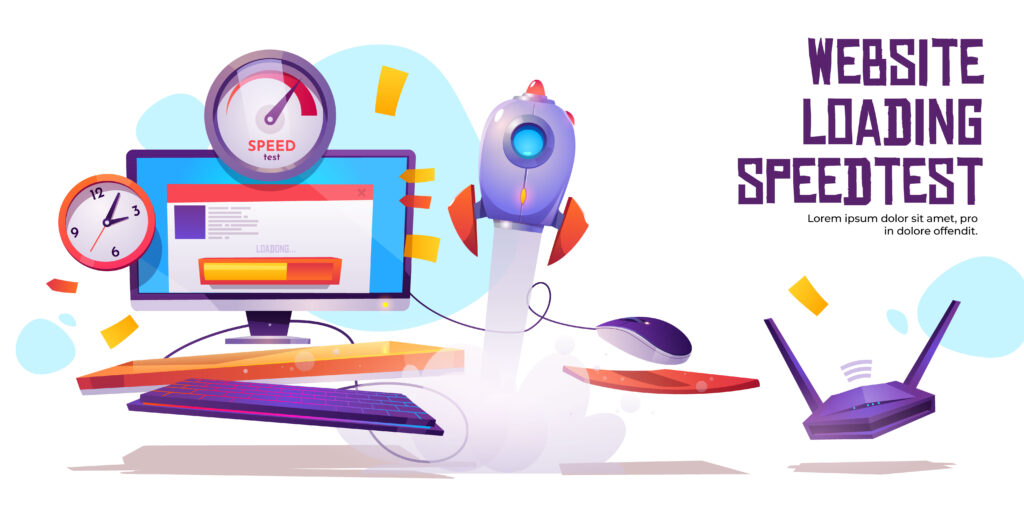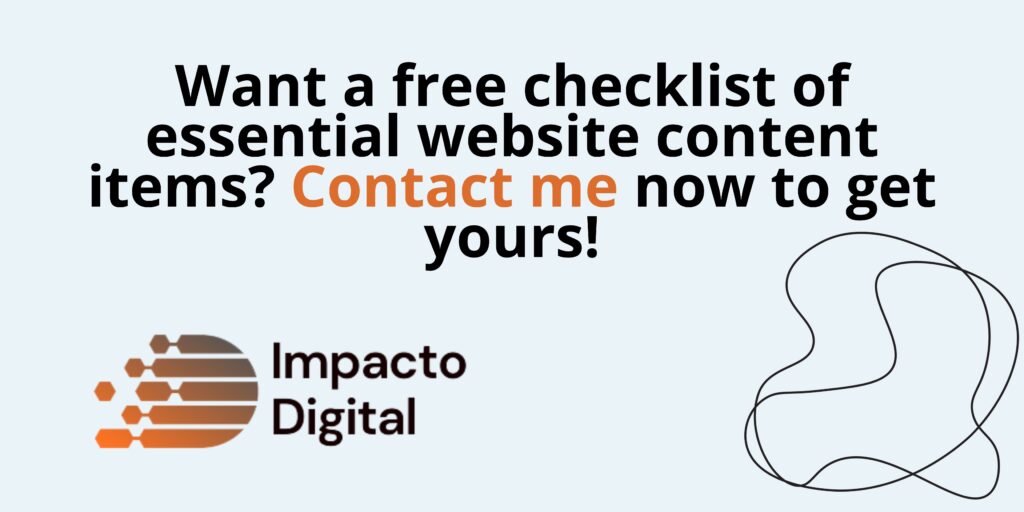In today’s digital age, where attention spans are shrinking and competition is fierce, every aspect of a website’s performance matters. One critical factor that significantly impacts both search engine optimization (SEO) and user experience (UX) is site speed. How quickly your site loads can make the difference between a visitor staying on your page or bouncing away to a competitor’s site. This article delves into the importance of site speed and why it should be a priority for every website owner.

Why Site Speed Matters for SEO
Search Engine Ranking Factors
Site speed is one of the key ranking factors considered by search engines like Google. Since 2010, Google has been using site speed as a signal in their algorithm to rank pages. Websites that load faster tend to rank higher in search engine results pages (SERPs) compared to slower-loading sites. This makes improving site speed crucial for enhancing your SEO efforts and potentially increasing organic traffic to your site.
User Experience and Engagement
User experience is paramount in today’s online environment. A slow-loading website frustrates users and encourages them to abandon the page, leading to higher bounce rates. On the other hand, a fast-loading website enhances user experience by providing visitors with the information they seek quickly and efficiently. This positive experience can lead to increased engagement, longer time spent on site, and higher conversion rates.
Mobile Friendliness
With the majority of internet users accessing websites through mobile devices, site speed becomes even more critical. Mobile users expect websites to load just as fast on their smartphones and tablets as they do on desktops. Google’s mobile-first indexing also prioritizes mobile-friendly sites with fast load times. Optimizing your site for speed ensures that you provide a seamless experience across all devices, improving user satisfaction and potentially boosting mobile rankings.
How to Improve Site Speed
Optimize Images and Videos
Large images and videos can significantly slow down your website. Use image compression techniques and serve scaled images to reduce file sizes without compromising quality. Consider lazy loading techniques to defer the loading of non-essential media until it’s needed, improving initial load times. Additionally, use modern image formats like WebP, which offer better compression without sacrificing quality, thus further improving load times.

Minimize HTTP Requests
Reduce the number of elements on your web pages, such as scripts, stylesheets, and images, as each requires an HTTP request. Combine files where possible and utilize browser caching to reduce the server load and improve load times for returning visitors. Furthermore, consider asynchronous loading for scripts that are not critical for the initial rendering of the page, allowing the browser to continue loading other page elements simultaneously.
Utilize Content Delivery Networks (CDNs)
CDNs distribute your website’s static content across multiple servers worldwide, delivering it to users from the nearest server location. This reduces latency and speeds up page load times, especially for users accessing your site from different geographic locations. Implementing a CDN also offloads some of the traffic from your main server, which can further improve site speed and reliability during traffic spikes or high-demand periods.
Why Improve Your Google PageSpeed Insights Score?
Improving your Google PageSpeed Insights score is crucial for several reasons:
- Website visitors expect fast-loading pages, and if your site takes too long to load, they may leave before even experiencing your content or making a purchase.
- Page speed is an important ranking factor for search engines like Google. A higher score on Google PageSpeed Insights can lead to better search engine visibility and increased organic traffic.
- A slow-loading website can harm user experience, leading to higher bounce rates and lower conversion rates. In today’s fast-paced digital world, users have little patience for waiting. If your site fails to meet their expectations, they are likely to seek out competitors who can provide a faster and more seamless browsing experience.
By optimizing your Google PageSpeed Insights score, you not only improve your chances of retaining visitors but also increase the likelihood of converting them into loyal customers. Remember, in the online realm, every second counts!
How to Use Google PageSpeed Insights
Using Google PageSpeed Insights is a straightforward process:
- Go to the Google PageSpeed Insights website.
- Enter your website’s URL in the address bar and press “Analyze”.
- Wait for the tool to analyze your website’s performance. Depending on your internet connection speed and the complexity of your website, this may take a few minutes.
- Once the analysis is complete, Google PageSpeed Insights will provide your performance scores for both mobile and desktop devices.
- Scroll down to the “Opportunities” and “Diagnostics” sections to view detailed suggestions for improving your website’s performance.
- Click on the arrow next to each suggestion to view a detailed report and learn more about the specific optimization needed.
Actionable Steps to Improve Your Google PageSpeed Insights Score
Now that you understand the basics of Google PageSpeed Insights, let’s dive into actionable steps you can take to improve your website’s performance:
- Minimize main-thread work: Reduce the amount of work the main thread has to do, as it can lead to slow load times and unresponsive pages.
- Optimize images: Compress and resize images to reduce their file size without compromising quality.
- Minify CSS, JavaScript, and HTML: Remove unnecessary whitespace, comments, and formatting from your code to reduce file size and improve loading times.
- Leverage browser caching: Set caching headers to tell browsers how long they can cache resources, reducing the need to re-download them on subsequent visits.
- Eliminate render-blocking resources: Ensure that critical resources are loaded first, and defer loading of non-critical resources until later.
- Optimize third-party resources: Analyze and optimize any third-party scripts or resources used on your website, as they can significantly impact performance.
- Implement lazy loading: Load images, videos, and other resources only when they are needed, reducing initial page load times.
- Use a content delivery network (CDN): Serve static assets from a CDN to reduce server response times and improve global accessibility.
- Monitor and continuously optimize: Regularly monitor your website’s performance using Google PageSpeed Insights and other tools, and make ongoing optimizations to maintain a high speed score.
By implementing these strategies and continuously optimizing your website’s performance, you can achieve a high Google PageSpeed Insights score, deliver an exceptional user experience, and drive better results for your business.

Advanced Techniques for Site Speed Optimization
Server-Side Optimization
Optimize your server configuration and performance to handle requests more efficiently. Utilize techniques such as server-side caching, gzip compression, and HTTP/2 protocol to reduce latency and improve data transfer speeds between the server and client browsers.
Critical Rendering Path Optimization
Focus on optimizing the critical rendering path of your web pages by prioritizing the loading and rendering of above-the-fold content. Minimize render-blocking resources, such as CSS and JavaScript, and ensure that essential content loads quickly to provide users with a fast initial impression of your site.
Performance Monitoring and Testing
Regularly monitor your site’s performance metrics using tools like Google PageSpeed Insights, GTmetrix, or WebPageTest. Conduct performance tests to identify bottlenecks and areas for improvement, and implement changes based on these findings to continually enhance site speed and user experience.
Conclusion
Site speed is not just a technical metric; it’s a critical component of SEO and user experience that directly impacts your website’s success. By prioritizing site speed optimization, you can improve your search engine rankings, enhance user satisfaction, and ultimately achieve higher conversion rates. Investing time and effort into optimizing your site’s speed will pay off in improved performance metrics and a competitive edge in the digital landscape.
Whether you’re a small business owner, an e-commerce site manager, or a blogger, ensuring your website loads quickly is essential for staying ahead of the competition and meeting the expectations of today’s internet users. Take the necessary steps to evaluate and improve your site speed regularly, and you’ll reap the rewards of better SEO rankings and happier visitors. Remember, site speed optimization is an ongoing process that requires monitoring, testing, and adaptation to technological advancements and user expectations. By keeping your website fast and efficient, you’ll not only please your visitors but also align with search engine algorithms that prioritize user-friendly experiences.
